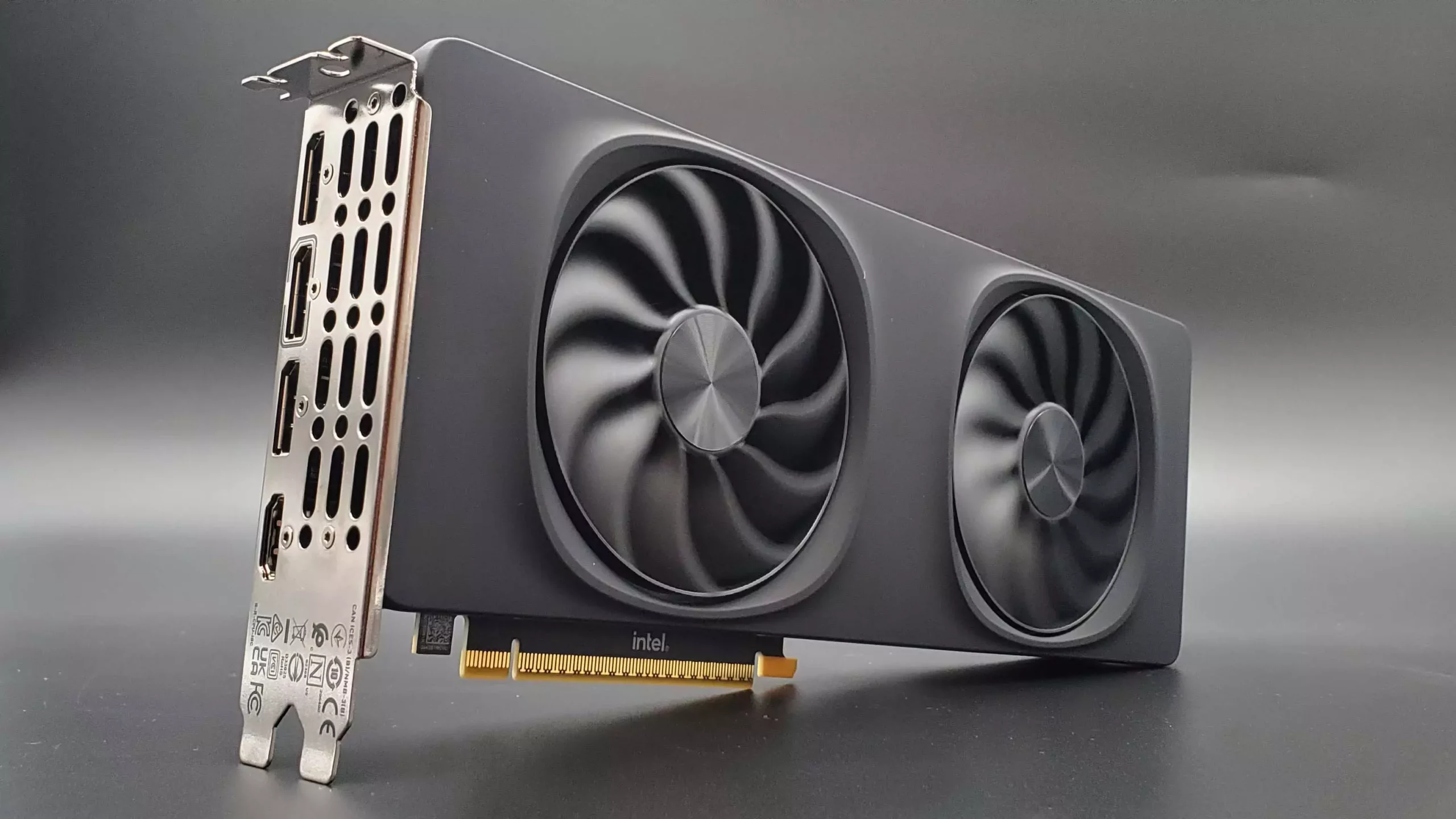The gaming graphics market is a fiercely competitive arena, dominated primarily by powerhouses like Nvidia and AMD. Yet, recent developments surrounding Intel’s G31 GPU have stirred significant excitement among enthusiasts and industry insiders alike. A recent discovery by user Haze2K1 and the shipping manifest posted on NBD opens a door of speculation about whether Intel is crafting a powerhouse capable of rivaling Nvidia’s RTX 5070 while maintaining a competitive price point. As Intel emerges from the shadows of its past struggles in the graphics department, the promise of the G31 could represent a game-changer not just for Intel, but for the entire gaming ecosystem.
What Lies Beneath the Surface of the G31
The information surrounding the G31 GPU is still shrouded in mystery, and precisely what it can deliver is a topic of fervent speculation. Intel’s recent communications have indicated that the G31 is the larger sibling to its current Arc B580 and B570 GPUs, which leverage the BMG-G21 chip. Analysts suggest that the G31 could entail up to 32 execution units (EUs) — a significant increase from the 20 EUs found in the B580. If the G31 approaches or even matches the performance of the Nvidia RTX 5070, it would mark a substantial leap for Intel into serious gaming territory.
Despite the optimism, it’s essential to temper expectations. The road from promising specifications to solid performance benchmarks is fraught with complexities, including architecture challenges and manufacturing hurdles. The fact that Intel has yet to release concrete details adds a layer of uncertainty. However, the potential performance enhancement remains tantalizing; if Intel can deliver even a fraction of the expected capabilities at an aggressive price, the G31 could disrupt the established hierarchy of graphic processing units.
The Importance of Competitive Pricing
What truly sets Intel apart from the rest—and what might very well serve as its ace in the hole— is its tradition of offering competitive pricing. If historical trends hold true, the likelihood of a sub-$400 card competing with the RTX 5070 means that they are firmly positioning themselves to attract gamers looking for value without compromising on performance. Intel’s aggressive pricing strategy could signal a seismic shift in how graphics cards are perceived, perhaps igniting a pricing war that benefits consumers.
The allure of competitive pricing cannot be overstated; it encourages innovation and ultimately enriches the gaming experience for all players involved. If the G31 line manages to stay true to this legacy, gamers on tighter budgets may finally have the opportunity to access higher-quality gaming experiences without breaking the bank.
The Long Wait and Higher Expectations
As intriguing as the G31 might be, there are lingering concerns regarding Intel’s delay in launching this highly-anticipated GPU. After the Arc B580’s release last December, it seems puzzling that Intel has not accelerated the G31’s rollout. This sluggish approach begs the questions: Are there severe technical challenges yet to be addressed, or is the company plotting a larger strategy? Some hypothesize that Intel’s developers are working diligently to overcome potentially burdensome CPU-related performance issues that hindered previous models, such as the Arc B580.
Nevertheless, the coming years may provide Intel a unique moment to innovate and capture market share. Nvidia’s mid-range updates are not expected until late 2027, and AMD’s RDNA 4 GPUs are just arriving on the scene. With timing being a critical factor, Intel has an opportunity to make its mark in the market before the competition ramps up.
A Community of Gamers Await an Arrival
The interest in the G31 GPU is more than just technical specifications; it’s about community and culture. Gamers are a passionate bunch, vocal about their needs and wants. The excitement surrounding rumored releases can galvanize the entire gaming community, generating discussions on forums and social media and building anticipation. Enthusiasm for the G31 has already begun to manifest, suggesting that if Intel capitalizes on this momentum, they could cultivate a loyal customer base ready to embrace their offerings.
In a landscape saturated with graphics cards that signify status and power, Intel needs to not only offer performance but also to attract the community’s interest and trust. Gamers are eager for change, a fresh perspective in a space that has often felt stagnant under the weight of its leading players.

